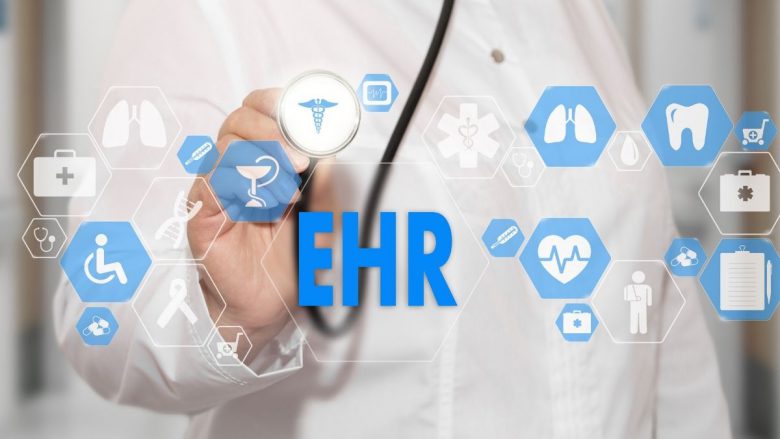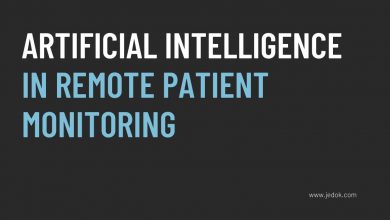
Helping people is the main goal of the specialists, clinicians, doctors, and health practitioners who have been working for years. However, this gesture does not end there. Professionals in the health care industry who work in the administrative office, front desk, billing, cleaning service, and other divisions must have the same thoughts.
In the medical industry, patient care is at the center of activity. As a result, it is critical to focus on the quality of services to ensure that they are delivered in a good and responsible manner.
Aside from helping others, healthcare providers must also consider their activities from a business standpoint. To remain competitive in business, they must have excellent systems. That means they’ll need to consider hiring the best specialists and staff, streamlining services, improving quality, and focusing on patient-centered practices.
There are numerous factors that can influence the outcomes of healthcare services. The patient experience should be at the top of the healthcare provider’s priority list. However, it is frequently overlooked by many healthcare organizations.
Most medical professionals agree that EHR integration can help them provide a better patient experience. But how exactly will the EHR integration nail it? What is its significance in terms of improving patient care and experience?
The following are four ways that EHR integration can improve the patient experience.
EHR integration can improve communication
Access to the patient portal is part of the EHR’s high quality in healthcare. This portal allows patients to communicate with their doctors, pay bills, obtain health information, and perform other important tasks.
The healthcare provider must create a safe haven for patients where they can check their health records, lab test results, future treatments, and communication channels with specialists and relevant healthcare services. For patients and their health care providers, the patient portal is both private and transparent.
It is a quick and easy solution that is a win-win situation. The meetings will be easy to arrange for both doctors and patients. Rather than standing in line for hours to receive lab results, patients can simply access the patient portal and view the information. Practitioners will also be able to enter data into the EHR and communicate with patients without having to meet in person.
Patients will be able to check on their results, records, and other vital information without having to travel long distances to the clinic or hospital. Patients, on the other hand, will be kept up to date on their health information at all times. People will want to monitor their health status. And EHR integration can help them make it happen.
EHR integration can improve the security of patients’ data.
Patients’ health information and rights can be safeguarded with the proper EHR integration. The healthcare industry has regulations and standards in place to protect patient’s rights and privacy.
HIPAA is one of the most widely used sets of standards. In a nutshell, this governs how healthcare providers protect their patients’ health information when making contact, managing data, providing care, transferring patients, and other relevant activities. However, it is critical to rely on the patients’ electronic medical records. They require more safeguards.
Once personal health information is stored in the EHR, the data may exist in multiple locations, both offline and online. There is no definitive record of how many times the data has been accessed.
In this case, good EHR integration will fill the gaps by securing personal health information. It is critical to include internal and external vendors in order to track users’ health actions and protect their privacy.
Improved service delivery with EHR Integration
The integration of electronic health records has the potential to significantly improve healthcare services. If you’ve ever been a patient in a hospital, you may have had to wait for hours before being assigned a room to stay in.
You are not, however, alone. Many emergency patients are waiting for hours in their emergency rooms before receiving the care they require. It not only stifles productivity in the healthcare industry, but it also dissatisfies patients.
In approximately 80% of the complaints in SEA hospitals, reviewers complained about long wait times for getting rooms, receiving lab results, transfers, invoice payment, and so on. Customers do not want appointments from healthcare service providers.
The integration of EHRs is a huge game-changer. This integration can synchronize the relevant components of health services such as labs, insurance, drug stores, pharmacists, and other health offices in order to streamline information exchange. There will be no long lines, which will please the customers.
With EHR Integration, you can reduce the likelihood of redundancies and errors
Appropriate EHR integration can effectively reduce medical errors. Did you know that medical errors cause over 251K deaths in the United States each year? Keep in mind that this figure comes from a developed country. Although we may see a lower number in developing countries, this is simply because many healthcare providers lied about their data. When healthcare providers practice their activities and solutions, medical errors can occur in a variety of ways. However, healthcare systems are under intense pressure to do everything possible to reduce the numbers and save more lives.
It has been demonstrated numerous times that EHR integration is the best way to reduce the risk of errors, redundancies, and other issues in the health care industry. There is a need for an interoperable solution that allows users to obtain information from multiple sources and faucets in order to perform accurate analytics and make informed decisions based on the patients’ responsible medical records and information. EHR integration allows clinicians to act in accordance with ethics and regulations, as well as make more accurate decisions, which improves patient outcomes.
Are you a proponent of EHR integration? Contact CareAlign right away for more information.
Learn more from Health and read Everything You Need to Know About Cognitive Behavioral Therapy.


